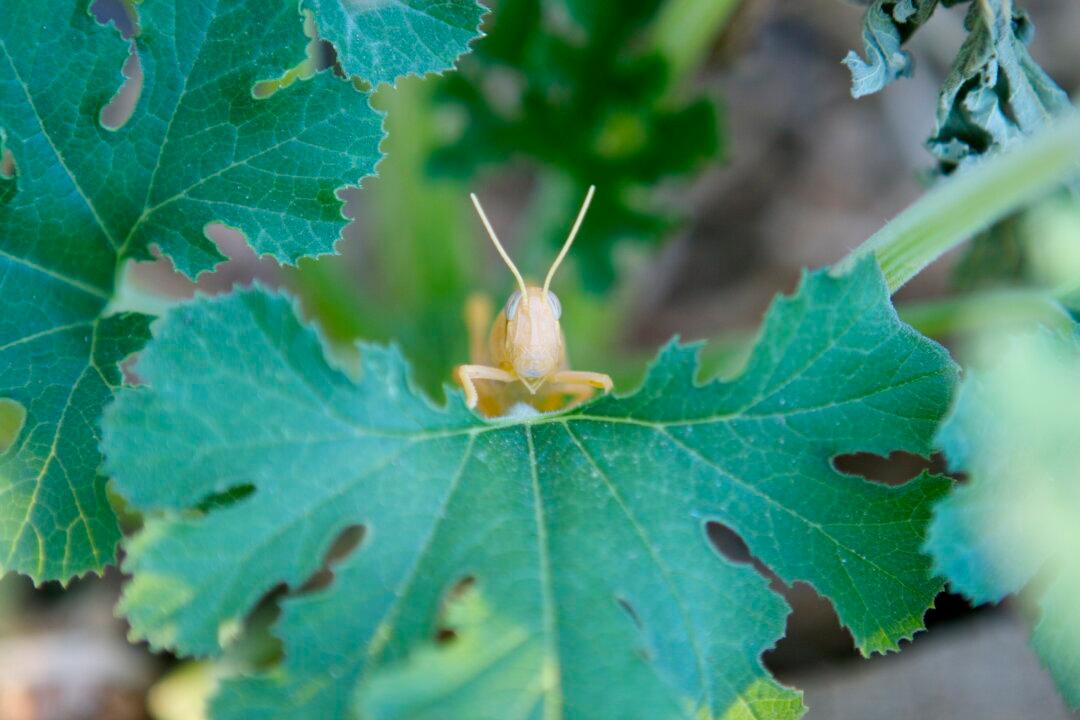Scientists may have uncovered a natural way to save plants from attack by recreating a natural insect repellent.
The researchers have created tiny molecules which mirror a natural occurring smell known to repel insects by providing an enzyme, ((S)-germacrene D synthase), which creates the smell, with alternative substrate molecules.
For their new study, published in the journal Chemical Communications, researchers tested the effectiveness of the smell or perfume as an insect repellent and discovered that the smells repelled insects—but in one case the molecules actually attracted them. The findings raise the possibility of being able to develop a trap-and-kill device.
Better Smells
“We know that many organisms use smell to interact with members of the same species and to locate hosts of food or to avoid attack from parasites,” says Rudolf Allemann, professor of chemistry at Cardiff University.
